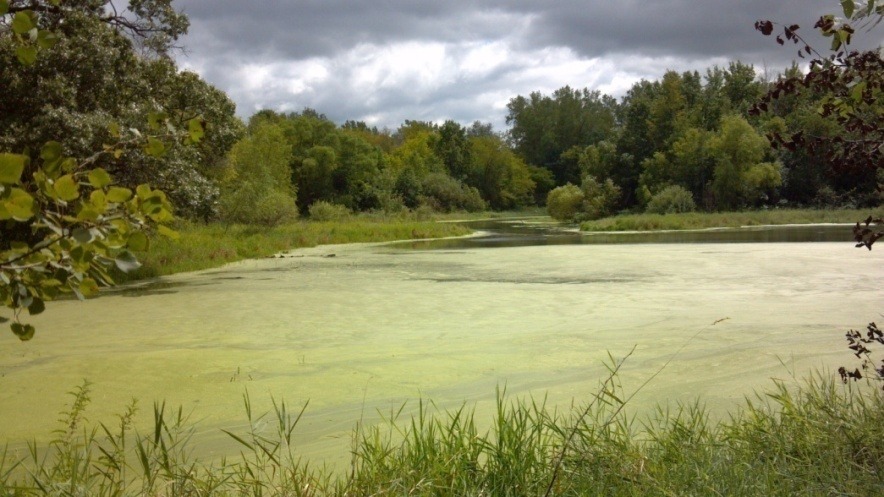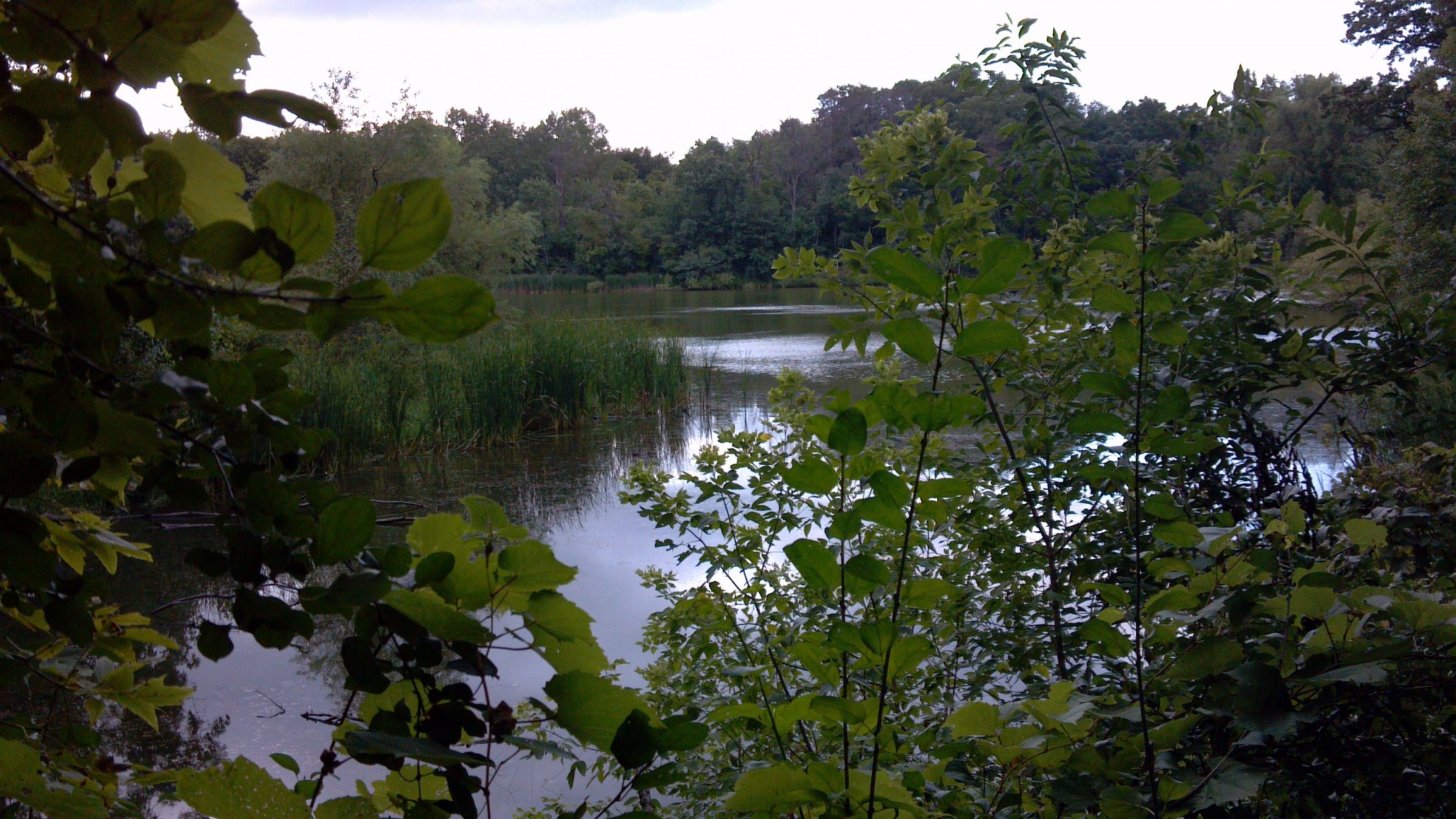Minnesota Zoo Ecological Restoration and Management Planning
CONTACT

Terence Ruane
Client Solutions Manager


PROJECT SNAPSHOT
Project Type
Non-Bank ProjectLocation
Minnesota | Dakota CountySolution
Natural Resource RestorationEcological Setting
- Grasslands, Prairies, & Upland Forests
- Wetlands
The Minnesota Zoological Garden (the Zoo) hired RES to provide an ecological restoration and management plan (RMP) to use as a tool for improving and preserving ecological health of their lands and waters. We worked closely with Zoo staff to develop a stewardship vision and goals, focus the plan on improving biodiversity and ecosystem health, and integrate the restoration work into the visitor experience. The resulting long-range RMP, which Minnesota’s Clean Water, Land, and Legacy Amendment supported with funds, includes a natural resource inventory to document the current state of plant communities and animal habitats, revisions to land cover mapping, development of management units and restoration tasks, and a budget for implementation.
In developing the plan, we divided the Zoo’s 485 acres into three areas: outdoor exhibits, the built environment, and the 282-acre natural area. The Zoo’s vision for its natural environment is to establish the full spectrum of habitats indigenous to the region, from oak forest to oak savanna and prairie, and various wetland communities. Within the natural area, there are 16 different land cover types, representing plant and open water communities. Unusual wetland habitats are present: vernal pools and northern rich fen. Preserving and increasing the diversity, functionality and beauty of these rare wetlands and other critical natural resources is a critical goal of the RMP.
The RMP also provides instructions for adaptive, long-term management. This includes annual ecological monitoring reports to document and assess restoration progress and provide specific recommendations for subsequent management efforts.
With incorporation of the RMP, the Minnesota Zoo can use its extensive wild spaces as living exhibits to demonstrate land stewardship. The plan will make the Minnesota Zoo a showcase for ecological restoration and contribute to the conservation of native Minnesota plant and wildlife communities. The plan serves as a guide for citizen science endeavors and as an educational backdrop for the School of Environmental Studies.
